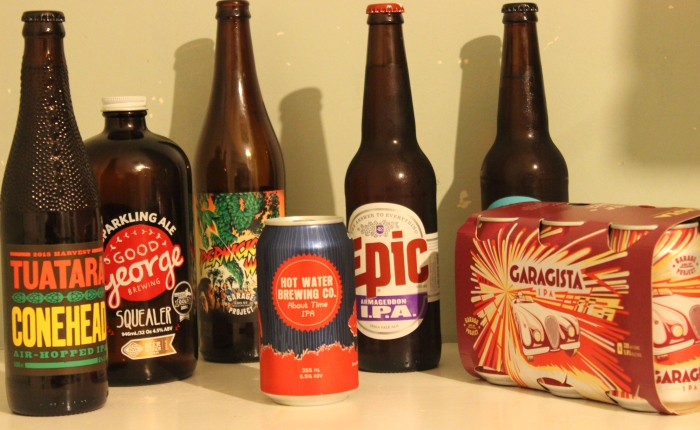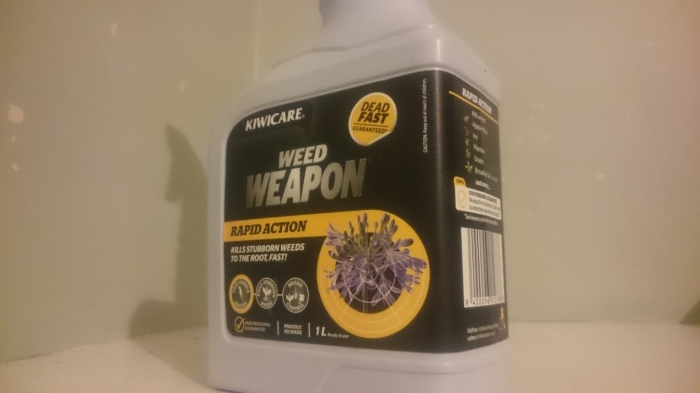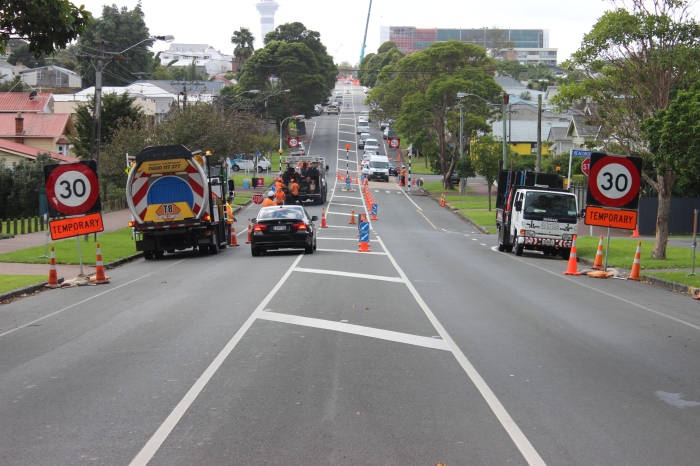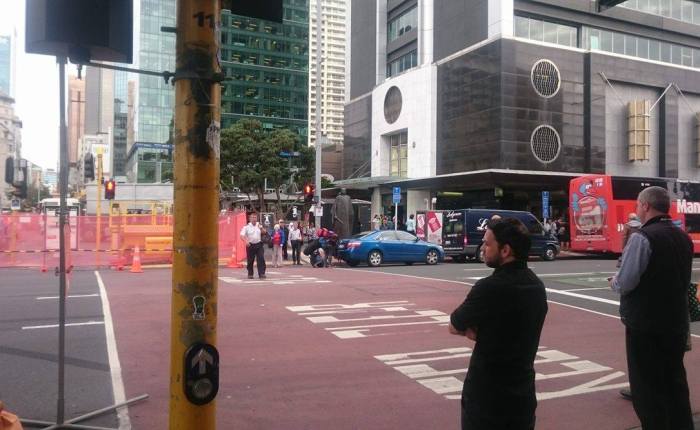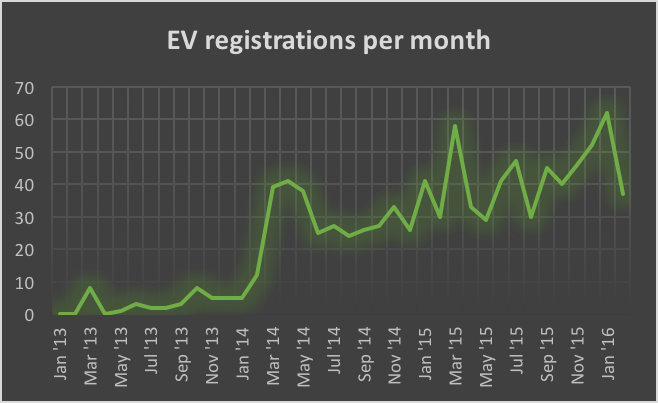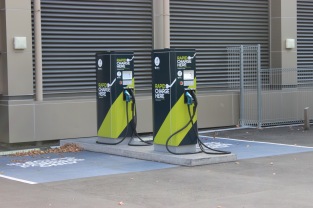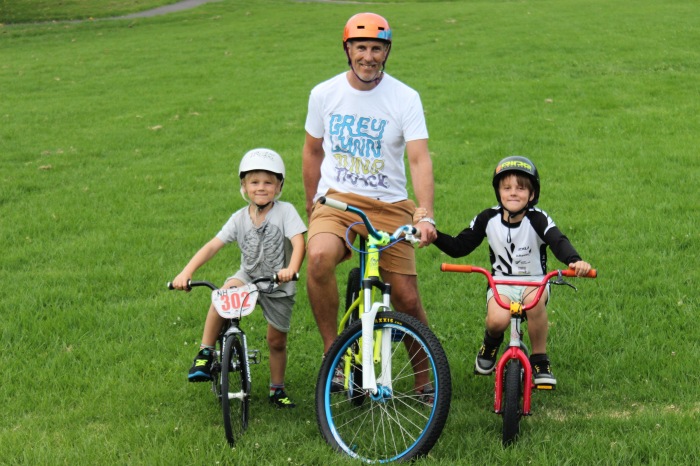New Zealand beer brewers have returned home successful from the Australian International Beer Awards.
The awards were held on May 19 in Melbourne.
President of the New Zealand Brewers Guild Emma McCashin said the results reinforced kiwi brewers’

already good reputation.
“Once again we’re showing that our breweries are among the best in the world and a pat on the back for what we already know,” Ms McCashin said.
The geographical spread of the gold medal winners goes from Auckland to Oamaru.
Ms McCashin said the diversity is “amazing” and means brewers can make great beer from anywhere.
Epic Brewing Company won gold for their ‘Armageddon India Pale Ale.’
Spokesperson for the company Ellie Tocker said in an email the awards “reinforce the quality and consistency of [their] brewery and [they] are a good cue for

customers”.
Wellington company Garage Project did not receive any awards at the Australian awards.
However, founder of Garage Project Jos Ruffell said business has been booming for them as attitudes of Kiwi beer drinkers change.
“The same thing is happening here as there is overseas, people are wanting more flavour from their beer,” Mr Ruffell said.
He said craft beer had grown a cult following around the world.
“I just got back from Australia and there was a woman there with a big tattoo of the artwork from one our beer labels.”
He said when they meet fans like that “it encourages us to keep pushing those boundaries and keeping looking into new ideas and ways to promote our beers”.
The Brewers Guild has over 100 members and works as an advocate for all breweries in the country, including the big players like DB Breweries and Lion Nathan.
Ms McCashin said they work to make operating easier for small breweries with the development of a bottle labelling guide and food safety manuals.
“We recognise that a number of our members are really small, we’re trying to make it easy for them to operate. . . often with small businesses, there are not enough hours in the day to keep track of everything,” Ms McCashin said.
Garage Project started from humble beginnings in an old petrol station in central Wellington.
Mr Ruffell said he faced a huge number of challenges when first starting out, including equipment costs, getting beer distributed into the right hands, standing out among others brewing similar beers and have continual access to raw materials such as hops can be challenging.
He admitted the biggest shock was that the job was not glamorous.
“It’s 90 percent cleaning,” he said.
Moving into winter Mr Ruffell recommends those wanting to try a craft beer to taste a darker beer.
“Big rich beers that you can sit around and share with your friends… something like Smoke and Mirrors from us, which is a lightly smoked rich dark larger.”
Ms McCashin recommends a porter.
“[There are] a lot of really good barrel aged beers coming out… really great drinking for cold winter nights.”
(498 wds)
By Andrew Hallberg

Sources:
Jos Ruffell // Founder of Garage Project // 021 471 414
Emma McCashin // President of Brewer’s Guild // 021 682 787
Ellie Tocker // Epic Spokesperson // 021 462 337
